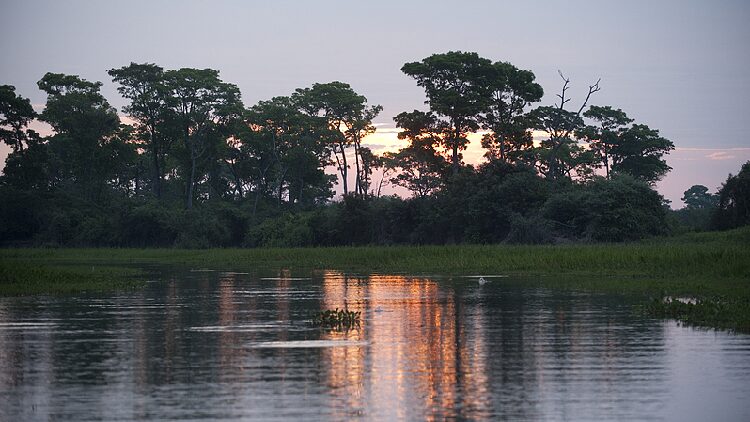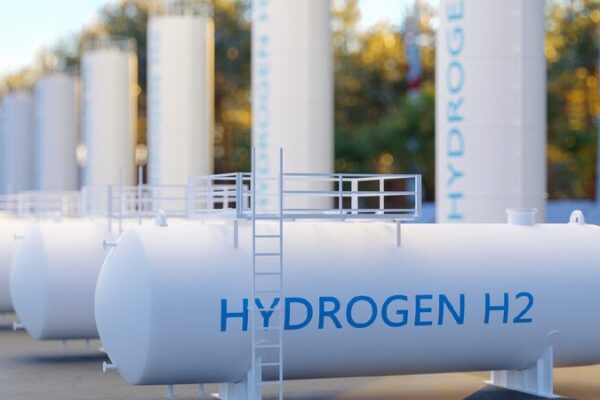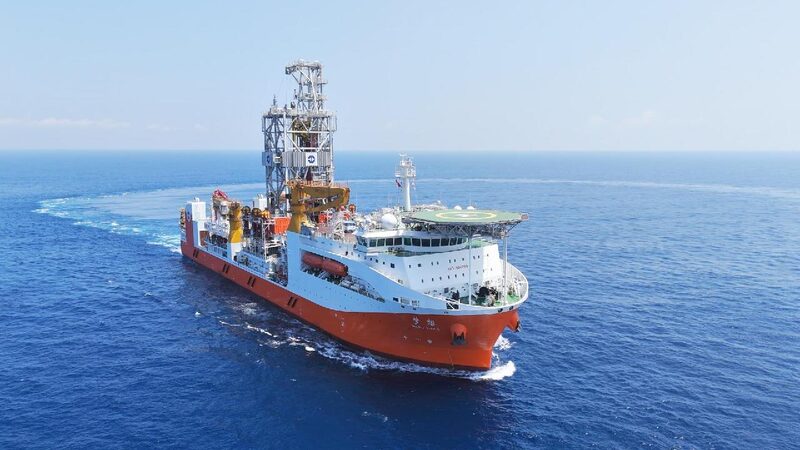China has begun constructing a groundbreaking research facility dedicated to exploring deep-sea cold seeps, aiming to unlock the mysteries of life in extreme ocean environments.
The new facility, located in Guangzhou City in south China’s Guangdong Province, is one of the country’s major national science and technology infrastructure projects. It will support advanced fundamental research and high-tech development, focusing on the origins of life in extreme deep-sea environments and the sustainable development of deep-sea resources.
But what exactly are cold seeps? Imagine areas on the ocean floor where gases like hydrogen sulfide and methane naturally leak out. These regions, known as cold seeps, become hotspots for unique life forms that thrive under harsh conditions without sunlight. Studying them can provide insights into how life began on Earth and how organisms adapt to extreme environments.
Until now, researching cold seeps has been a challenge. Short-term underwater probes using manned submersibles and remotely operated vehicles often can’t capture the long-term changes and migrations of the deep-sea ecosystems.
This new research facility aims to change that. Combining a manned deep-sea laboratory with a land-based simulation installation, scientists will be able to conduct long-term studies of cold seep ecosystems. According to the South China Sea Institute of Oceanology (SCSIO) under the Chinese Academy of Sciences, which is building the facility, it is expected to be completed within five years.
The SCSIO says the facility will play a crucial role in understanding the development of cold seep ecosystems, the succession of chemosynthetic organisms, and the environmental effects of methane phase evolution.
This ambitious project holds the promise of advancing our knowledge of deep-sea life and could lead to breakthroughs in biotechnology, resource exploration, and understanding Earth’s history. For young science enthusiasts, it’s an exciting step forward in exploring one of the planet’s final frontiers.
Reference(s):
cgtn.com








